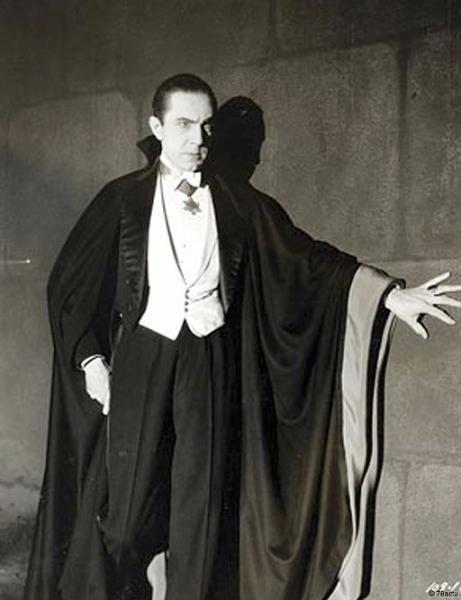Alzheimer’s Disease is so frustrating to its victims, their caregivers and to physicians and scientists looking, at this point, vainly for effective treatments. In an “out of the box” moment researchers at Stanford, in conjunction with Silicon Valley start-up Alkahest, are reporting on the effects of infusing the plasma of younger, healthier individuals into patients with Alzheimer's. Before we begin the comparisons to the master scientist, Dracula, let’s take a few moments to consider both the study results and the thought to be underlying mechanism, derived from studies involving parabiosis. Study first. There are no written reports currently available of the presentation last weekend at a conference on Clinical Trials in Alzheimer's. I, like all media reports, am basing my reporting on press releases, but I am using Science and Nature News, the most reliable sources I could find outside reading the study myself.
The study was designed to consider the safety of the technique, so it is small. Spoiler alert. Infusing plasma from one person into another is safe. With over 3 million transfusions of plasma annually in the US this is not a real stretch, and by that measure, the study was a success. Nine patients, with mild to moderate Alzheimers, were given saline (placebo) or plasma from 18 to 30-year-old donors weekly for four weeks and after a six week “break” crossed over to the other arm of the study; those initially receiving saline got the plasma and vice versa. Another nine patients simply received plasma with no crossover. There was no cognitive improvement for any of the patients. But caregivers noted improvement in self-care. Perhaps the headline from the United Kingdom’s Telegraph summed up the findings best of all, “‘Vampire therapy’ helps Alzheimer’s patients pay bills and prepare meals again.” More staid scientists suggested that the improvement was a placebo effect upon the caregivers who, like the patients, were not blinded to the treatments being assessed.
A more significant question is whether there is a plausible biologic explanation being studied? And that brings us to parabiosis. Parabiosis is the situation in which two separate organisms share the same blood supply. In nature, it can be found in conjoined twins or more frequently twins sharing the same placental circulation in the womb. Scientists can and have artificially connected the circulation of two separate animals. And there have been some intriguing results. In one study, one of a pair of connected rats was fed increasing amounts of sugar, both rats had similar glucose levels in their blood, indicating that their circulations were connected. But only the rat who ate the glucose got cavities, so we proved that tooth decay is a local rather than humoral (blood borne) problem. In an experiment more to our point, young and old rats had their circulations joined. The older rats lived longer than similar age controls, and changes in a youthful direction were found in liver, muscle and brain cells. These results strongly suggested that a blood-borne component might be coordinating or at least influencing aging. Subsequent research has identified pathways that are up or down regulated from youthful plasma to increase muscle size. Oxytocin, a known hormone more associated with labor/delivery and subsequent child bonding was also found to activate old stem cells and ‘rejuvenate’ muscle cells. The key study leading to today's reporting was once again, in parabiotic rats where older rats showed increased neuron growth (and younger rats showed decreased neuron growth). So here is the possible linkage, some element within the blood can stimulate stem cells which in turn ‘rejuvenates’ aging tissue. We have yet to show that this stimulation reverses Alzheimer's in any way, but at least it is an intriguing and biologically plausible notion. Those published results were serendipitously seen by a wealthy family in Hong Kong with a keen personal interest in Alzheimer’s treatment which provided the initial funding to start up Alkahest.
There are concerns that this activation of stem cells may result over time in too much cell division and increasing risks of cancer, but that fear like the hope remains unproven and untested. Moreover, the few instances where cell aging has slowed or reversed have never been replicated in people, only tissue. A far greater concern is that these data will be marketed, as have other stem cell therapies, to desperate patients and families. Ambrosia is a company charging $8000 for a 2 liter bag of plasma which is a very large volume. Typically, medical transfusion of plasma is in 250 ml amounts – 12.5% of what is being given here. (There was no report of the volume of plasma used in the Alkahest study). $8000 is a lot to pay for hope.
So while the Alkahest study is quite limited, and it does bring up those vampire vibes, it is intriguing. Will it lead us to more efficacious treatments for Alzheimer’s – no one knows. It may, in the end, just provide some basic research in how we age, and that is not such a bad thing to learn.




